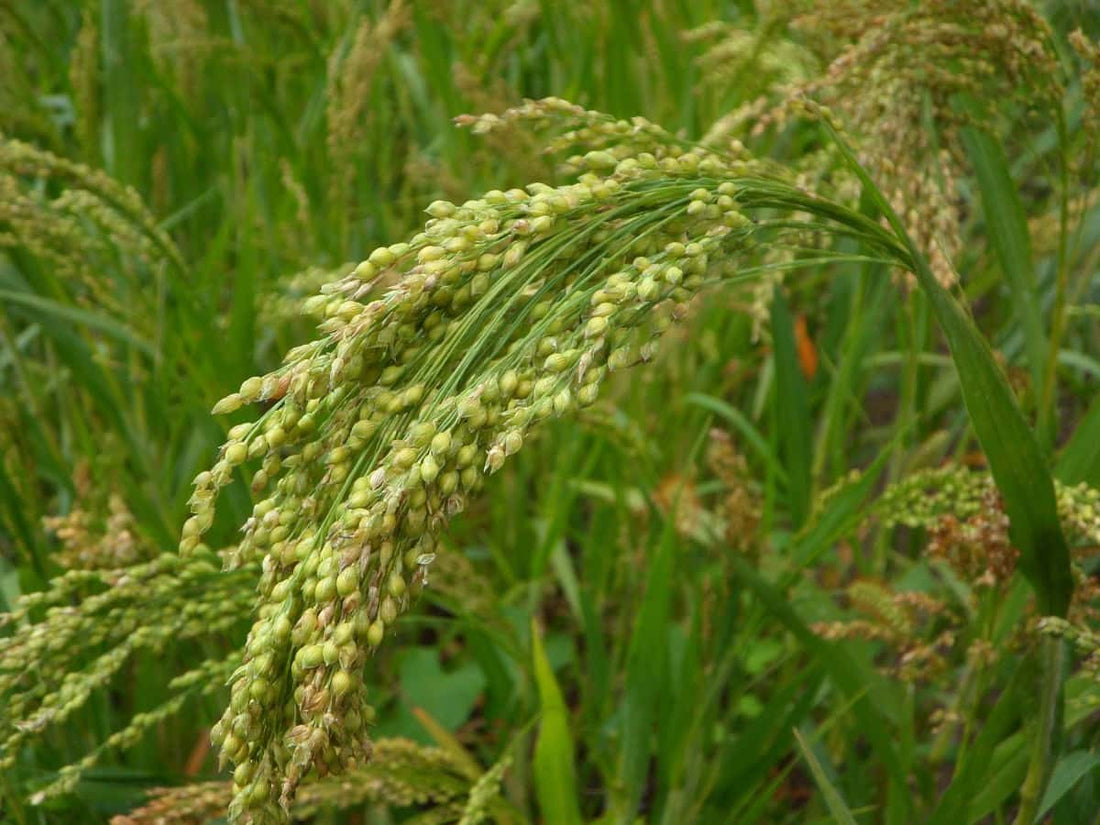
Natural IPM Solutions for Little Millet
Share
Introduction
Integrated Pest Management (IPM) involves a combination of cultural,mechanical, biological, and chemical control methods to manage pests effectively while minimizing environmental impact and ensuring sustainable crop production.
Here’s a step-by-step guide to implementing IPM strategies for little millet:
1. Cultural Practices
Crop Rotation: Rotate little millet with non-host crops to break pest life cycles.
Timely Sowing: Planting early or using suitable varieties can help avoid peak pest infestations.
Seed Treatment: Treat seeds with recommended fungicides and insecticides to
protect against soil-borne pests and diseases.

2. Mechanical and Physical Controls
Hand Picking: Remove and destroy pest-infested plant parts such as affected shoots and stem borer larvae.
Trapping: Use light traps or pheromone traps to monitor and reduce adult insect
populations.

3. Biological Controls
Natural Predators: Encourage natural enemies such as parasitoids, predators, and birds that feed on pests.
Microbial Inoculants: Apply biopesticides containing beneficial microorganisms that suppress pest populations.

4. Chemical Controls (as a last resort)
Selective Insecticides: Use insecticides sparingly and selectively based on pest
thresholds and monitoring to minimize non-target impacts.
Fungicides: Apply fungicides to manage fungal diseases that may weaken plants and increase susceptibility to pests.

Monitoring and Decision Making
Regular monitoring is crucial to detect pest outbreaks early and implement timely control measures. Here are some monitoring tips:
Scouting: Regularly inspect plants for signs of pest damage, such as wilting, leaf rolling, or insect presence.
Threshold Levels: Determine economic threshold levels for pests to decide when
intervention is necessary.
Record Keeping: Maintain records of pest populations, interventions, and crop
responses to improve future management decisions.
